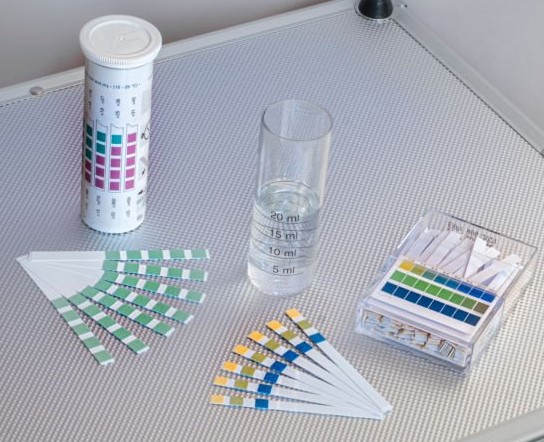Maintaining Optimal Water Conditions for Tropical Fish
Creating a suitable environment for tropical fish in your aquarium is crucial for their well-being and health. One of the most important factors that influence their living environment is the pH level of the water. The pH measures the acidity or alkalinity of the water on a scale of 0 to 14, with 7 being neutral. Understanding and managing pH levels is essential to providing a suitable environment for your fish.

Managing pH in Your Aquarium
Use pH test kits to achieve and maintain specific pH levels. If adjustments are needed, you can use pH buffers or specific substrates. However, make changes gradually to avoid stressing your fish. Different fish species have specific pH preferences, so it is important to keep an eye on these levels.
Temperature
Tropical fish often have specific temperature preferences. Maintaining the correct temperature range is essential for their metabolism and well-being.


Ammonia and Nitrite Levels
Regular testing for ammonia and nitrite levels is an important task. Ammonia and nitrite are harmful to fish and their levels should be kept at zero or very low. Nitrate is a byproduct of the nitrogen cycle. Although nitrate is less toxic than ammonia and nitrite, elevated levels can still be harmful. Regular water changes help keep nitrate levels under control.

Hardness and Softness
Water hardness refers to the mineral content in the water. Some fish prefer softer water, while others thrive in harder water. Adjusting hardness to suit the specific needs of your fish is important.
